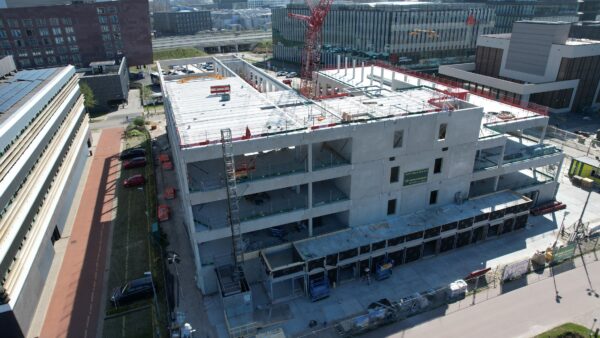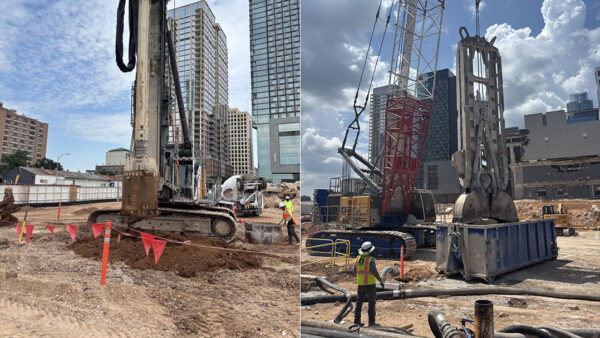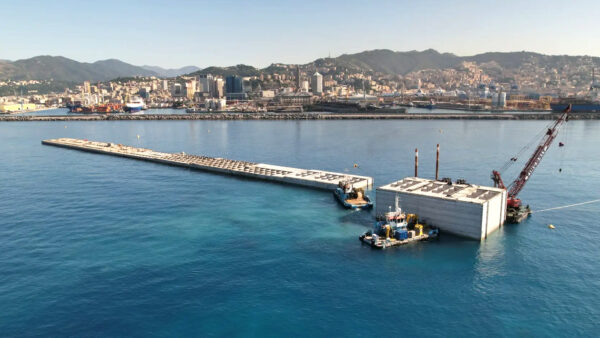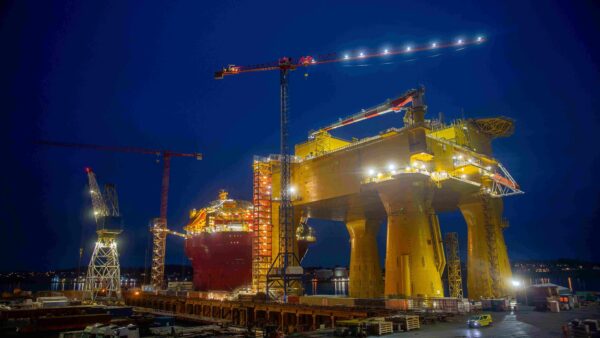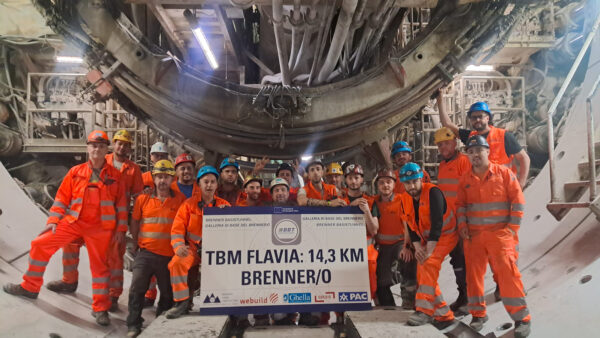
Danish demolition contractor Tscherning is so committed to sustainability that it built a new, 1,700 sq m headquarters for itself that is 89% recycled or upcycled materials, including materials recovered from its own demolition jobs.
It cost around 30% more than it would have done using fresh materials, but chief executive Søren Tscherning, whose father founded the company in 1975, doesn’t care.
“The issue facing the construction industry today is the same issue that faces the entire planet,” he told GCR. “The status quo cannot be sustained. We must use less. We must rethink the way we do things.”
The same mindset led the company to get rid of its fleet of 11 Tesla cars in May, when Elon Musk was on his rampage around the US federal government while supporting the Trump administration’s all-out assault on offshore wind schemes.
Søren decided to sell the ones it owned and return the ones it had leased early, replacing all with European alternatives. A video the company posted on LinkedIn of the cars being taken away got more than 4,500 likes. The decision ended up costing the company around 2 million kroner, or US$315,000 but, again, Søren didn’t care.
“The way that Donald Trump and Elon Musk see the world directly opposes the values of my business and myself,” he said.

“We value openness, the green transition, doing the right thing. I felt like I had to do something. At Tscherning, we do not wish to be associated with the values and the political direction that currently accompany the Tesla brand. I know that posting a video of us returning the cars was unnecessary. But that is essentially what this is about, to us. To openly share that we do, in fact, have opinions when it comes to the world around us.”
Introducing Tscherninghuset

The new HQ, named ‘Tscherninghuset’, or ‘Tscherning House’ – a warehouse conversion in Hedehusene, west of Copenhagen – is a natural extension of Søren’s preference for action over words.
“When we built Tscherninghuset, we wanted to prove that building with recycled materials was not only possible but could be done at a competitive price,” he said.
“The biggest factor was the reuse of heavy construction elements such as concrete slabs and walls, as well as steel beams – elements that carry a large part of the CO2 footprints. By reusing these materials, we could reduce both the environmental impact and avoid economic and environmental costs of producing new materials.”
The project ended up being around 30% more expensive than building with fresh-made materials, which Søren put down to a basically non-existent supply chain for recycled materials, which led to delays and hours spent searching. They even went to competitors for promising elements to work with.
Tradespeople also had to adjust to working with used materials.
But Søren says the team now has valuable experience that will lower the cost of future circular projects. He says the project has also highlighted demand for recycled materials, which could help create a more effective market in time.
‘Sensory and spatial laboratory’

The process required a different approach to design for the architect, My Lunsjö of 3XN GXN. Finding a good, unexpected building element could push the design in a new direction, which then opened up new possibilities for other elements.
“Tscherninghuset has become a sensory and spatial laboratory that pushes the conventional perception of office landscapes and shows a new direction, both in relation to material recycling, but also in relation to the workplace as a place to live,” Lunsjö writes in a book Tscherning produced for the project.
Let’s see more …
Since it’s European Week for Waste Reduction, let’s take a more detailed tour.
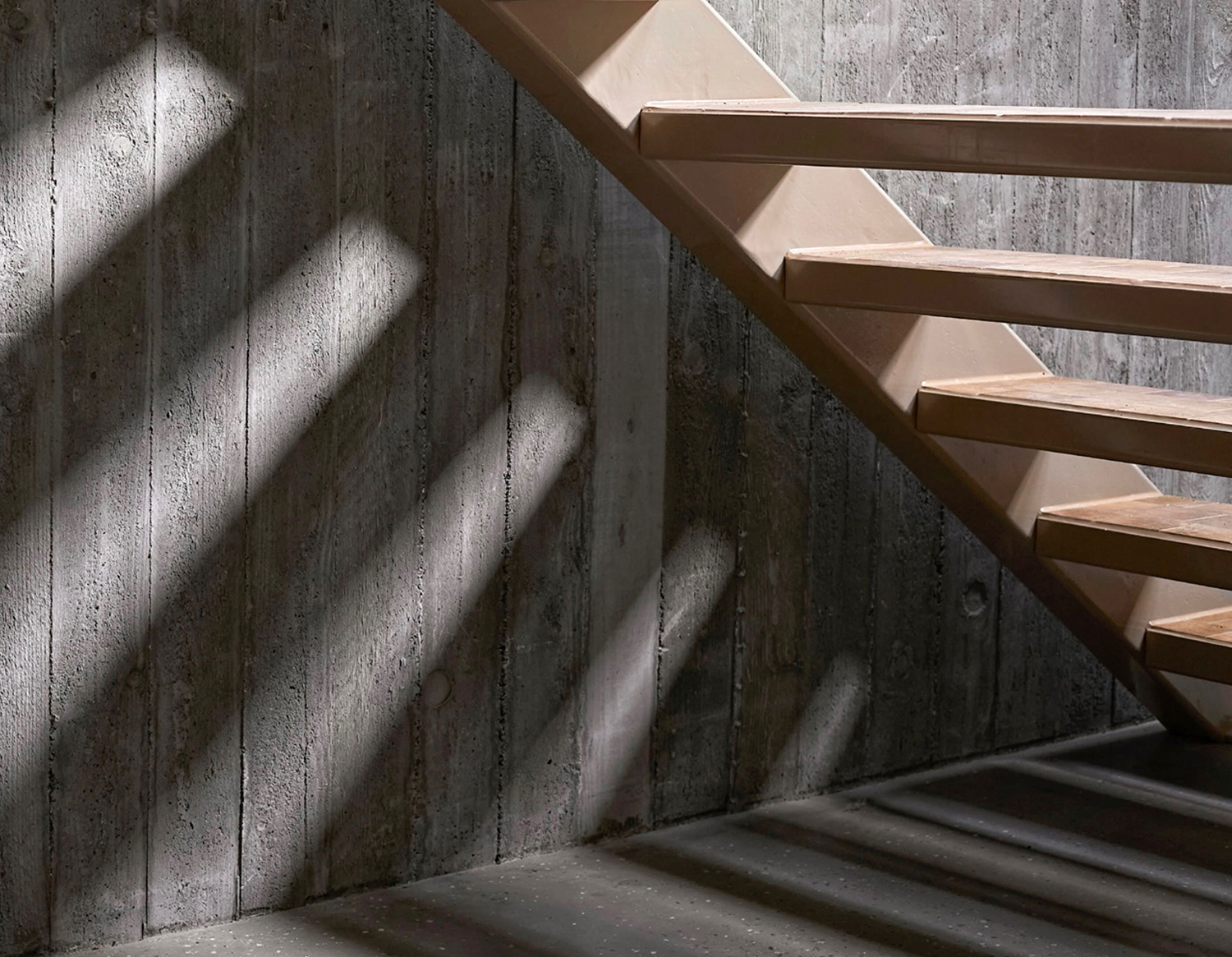
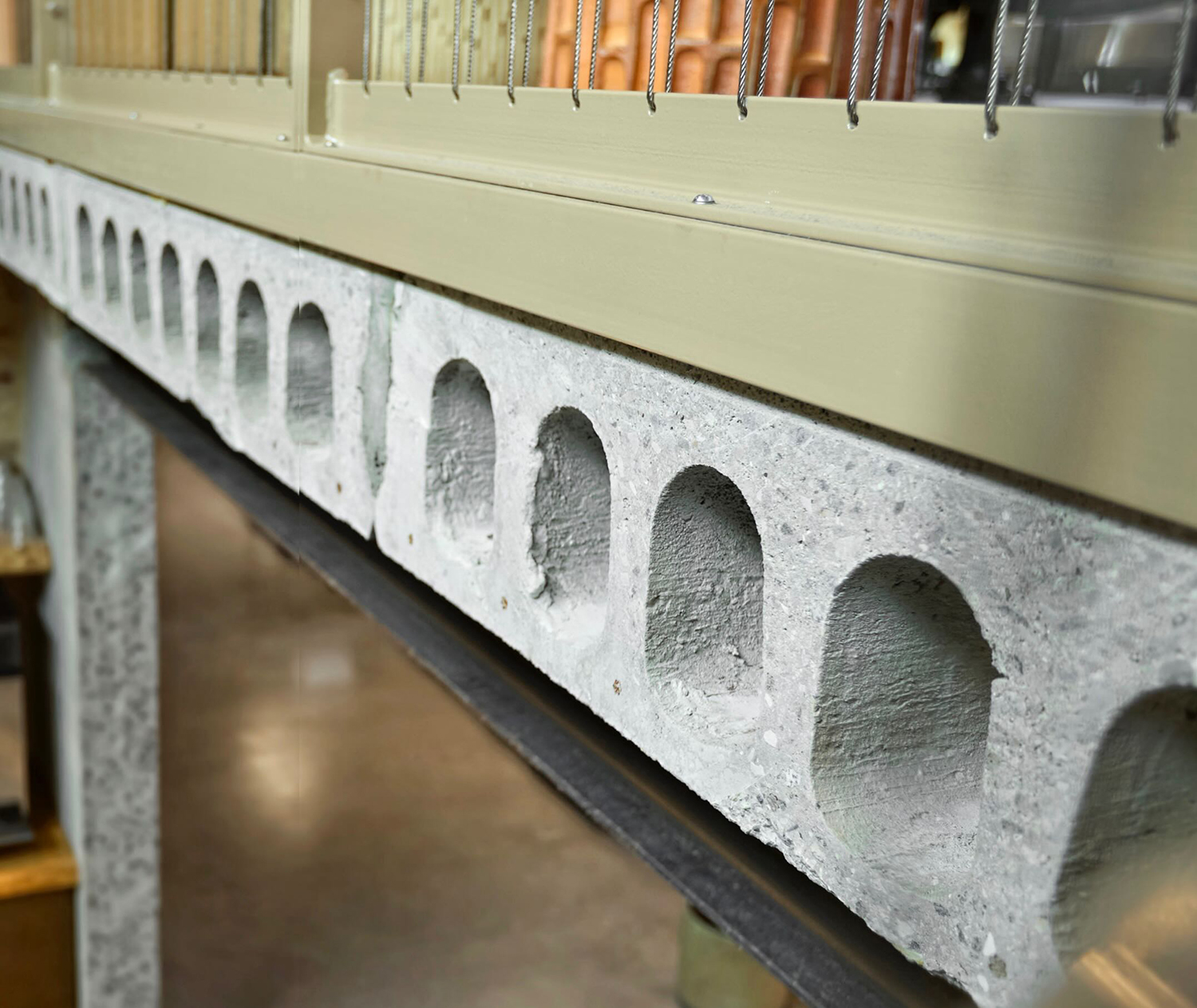
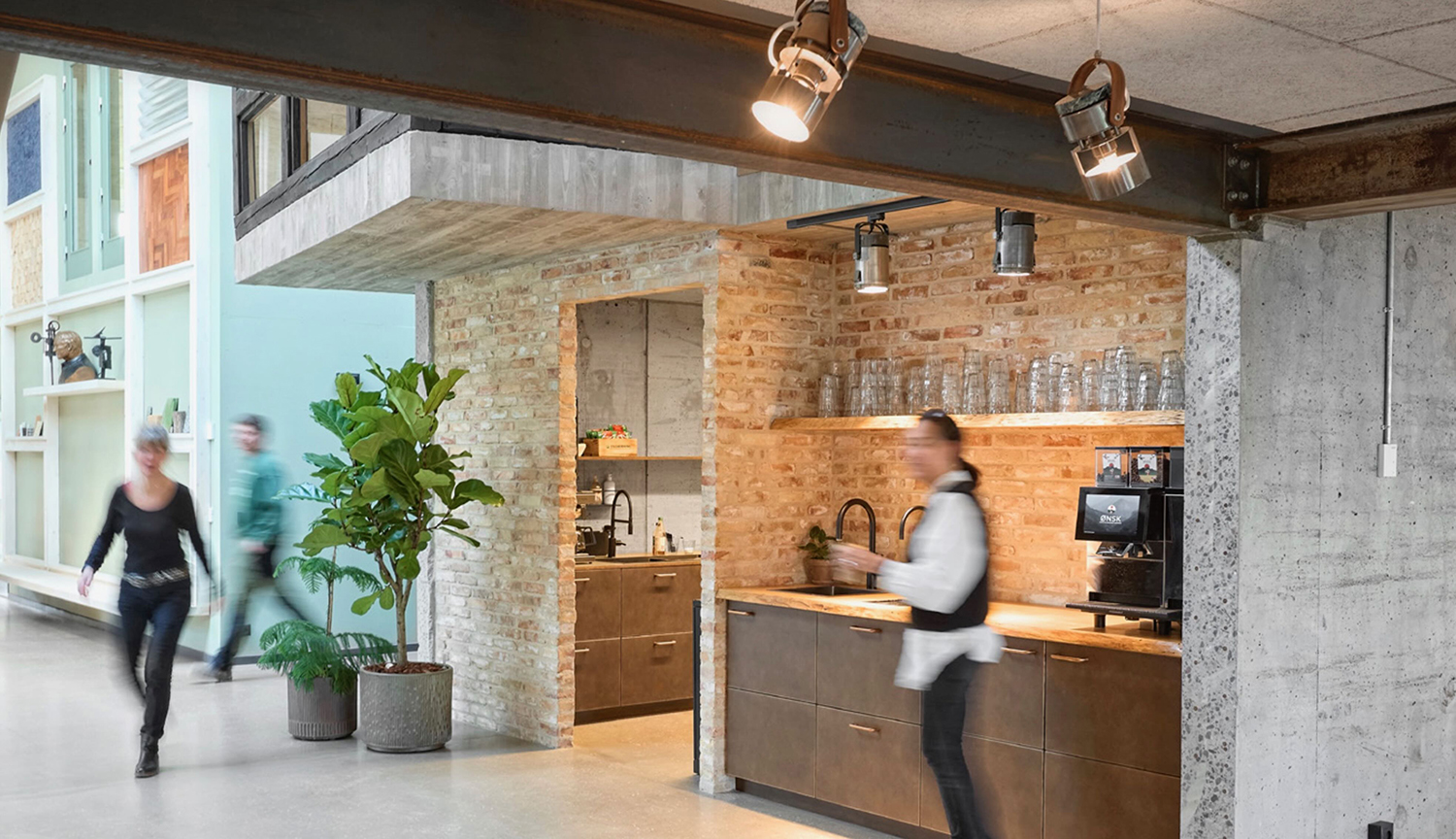
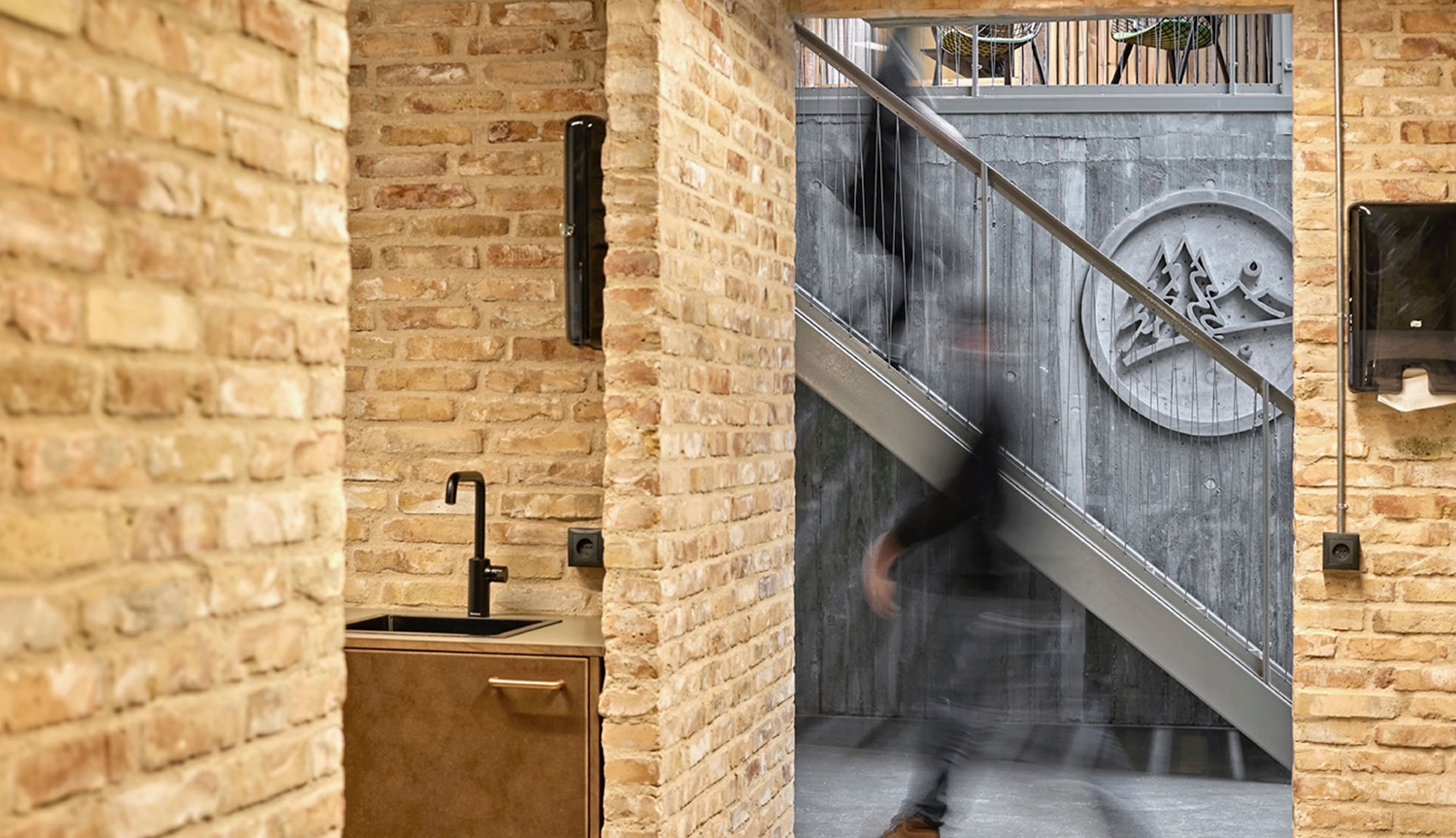
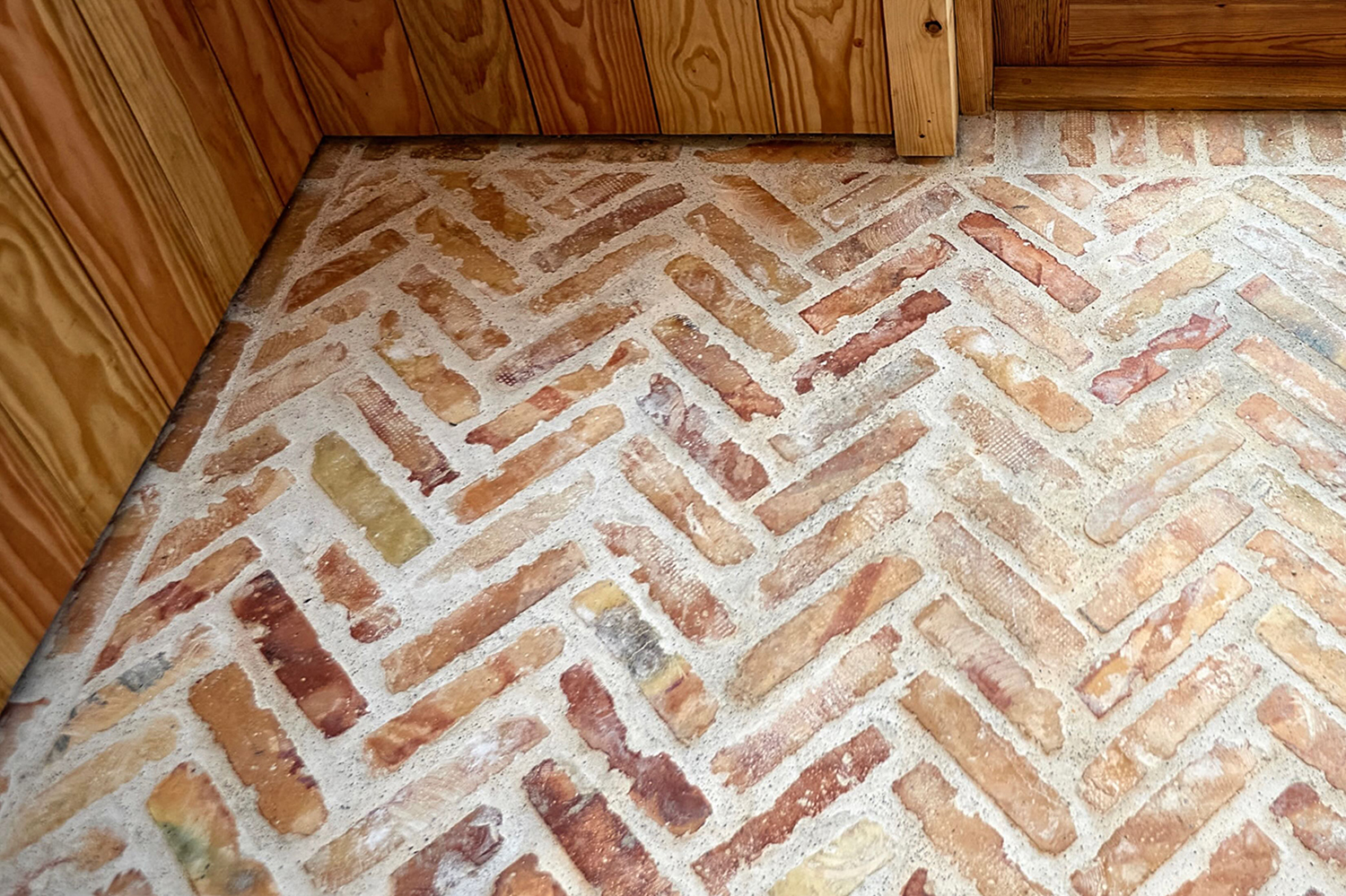
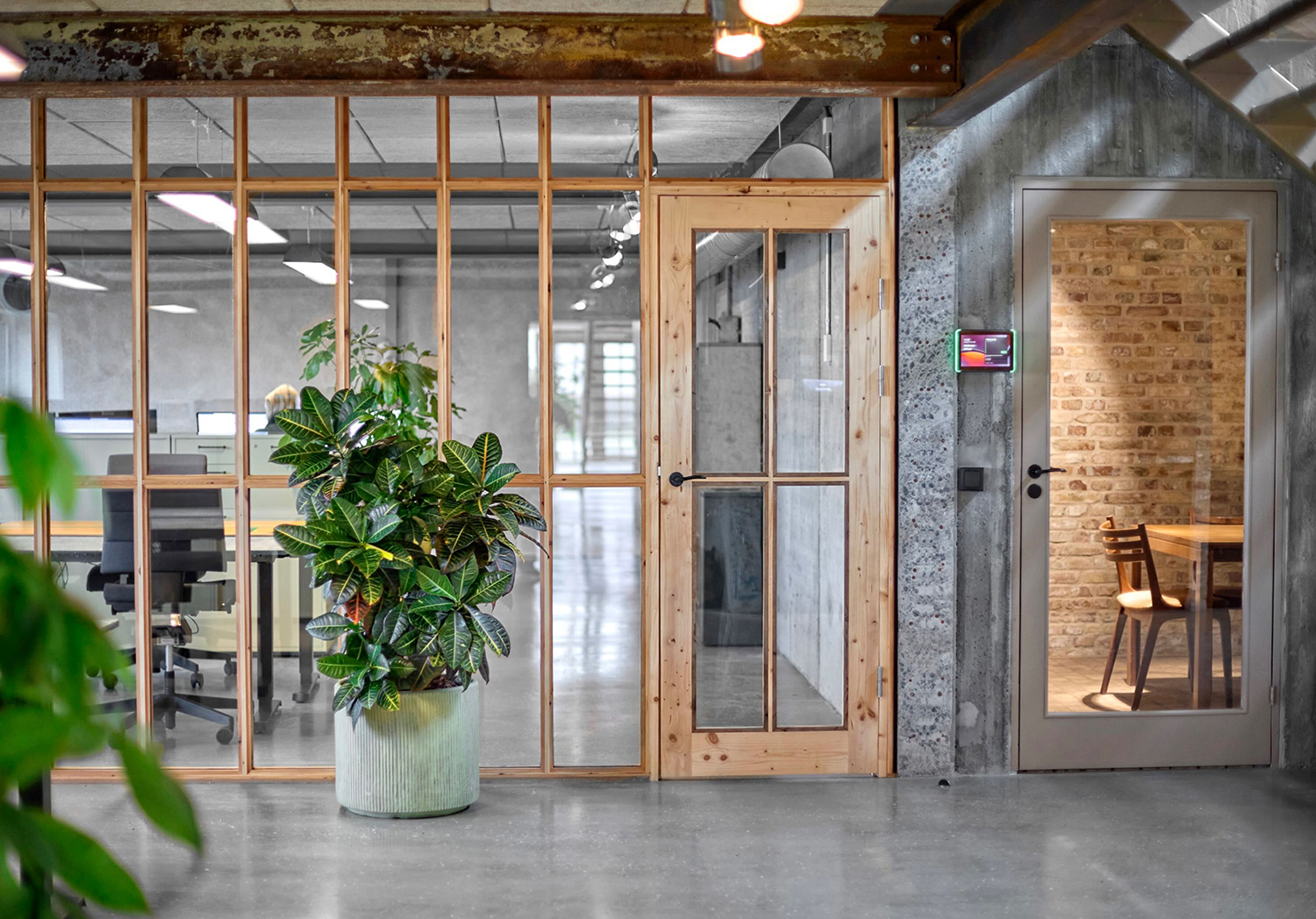
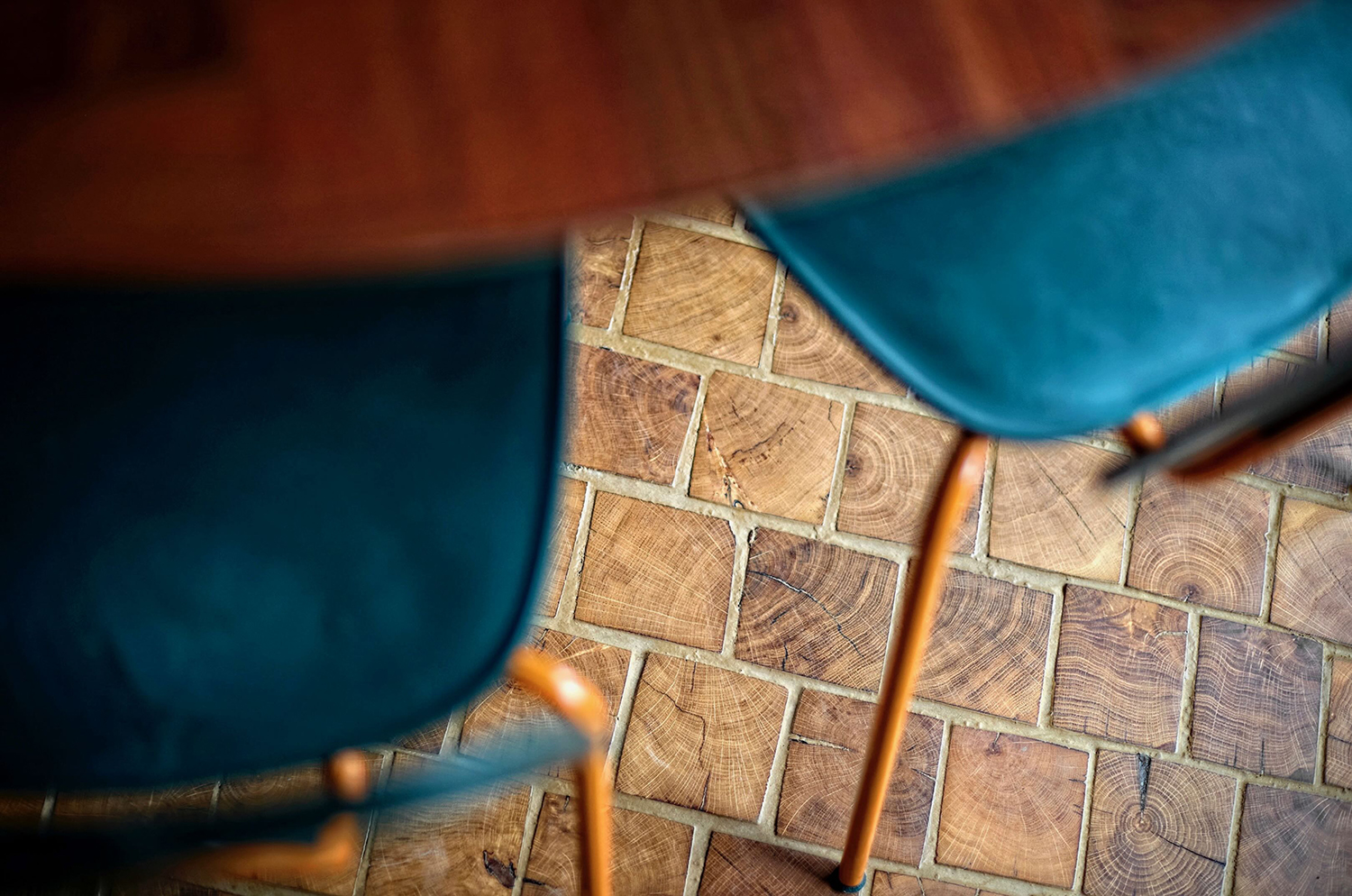
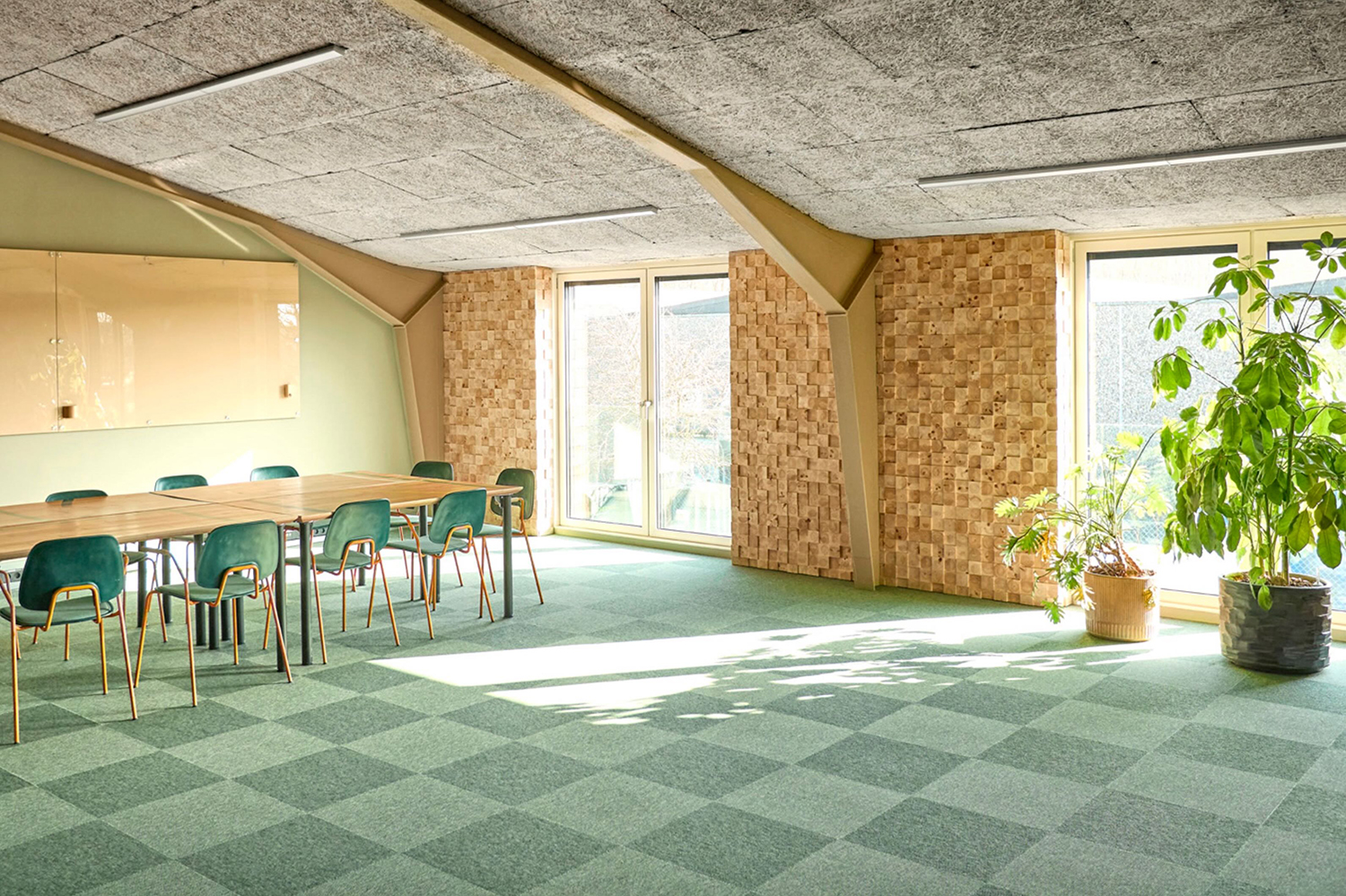
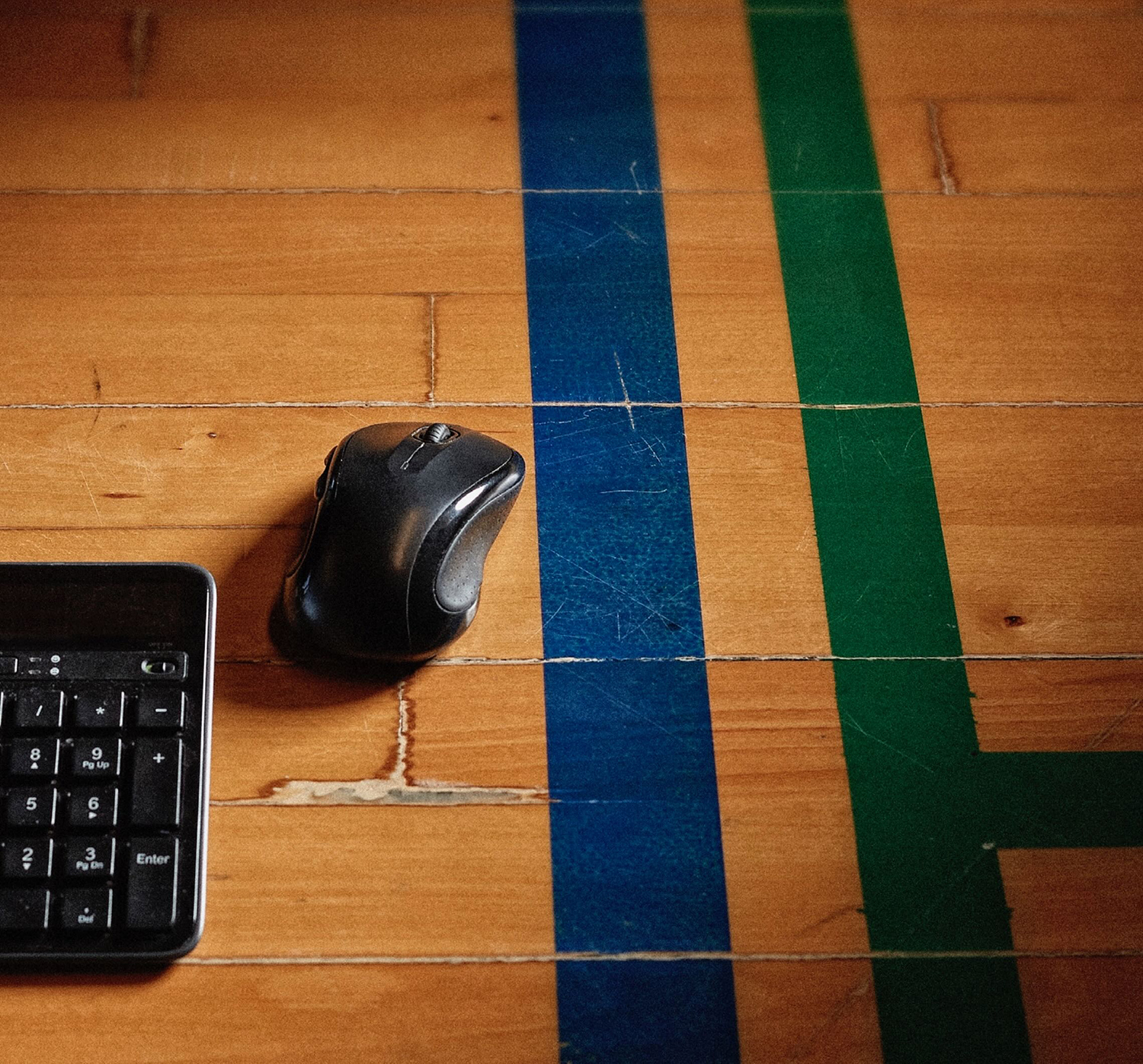
Best year ever
Søren is unfazed by the 30% extra cost.
“The world has been created in such a way that the right thing to do is often the costliest thing to do,” he said. “The choice and direction which leads a project in a sustainable direction is often more costly. So, naturally, there is often conflict between sustainability and profit. Or at least maximised profit.
“This is also why we are engaging with the industry as a whole, why we use our position in the Danish eco-system of construction as a megaphone – not to point fingers, but to lead by example. Practice what we preach.”
In another metric of equal concern to Søren, Tscherning’s CO2 emissions per krone of revenue have dropped 30% from the previous year, while the company’s total CO2 emissions fell around 7.5% in the period.
A battle against convention
For Søren, money is part of the mix, but more important is vision and determination.
“Multiple advisers within the industry told me that our project was impossible, that we could not reuse load-bearing concrete elements and steel beams. However, we proved them wrong and noted that this type of conventional mindset is poison to the development of our industry.
“We will not progress in a more sustainable manner if we do not break the power of habit and raise the bar. And for me personally, this early opposition to the project had the opposite effect as was intended – instead of relenting, we would now prove to the naysayers that reusing, for instance, concrete elements 1:1 could very well be done.”
• Subscribe here to get stories about construction around the world in your inbox three times a week

